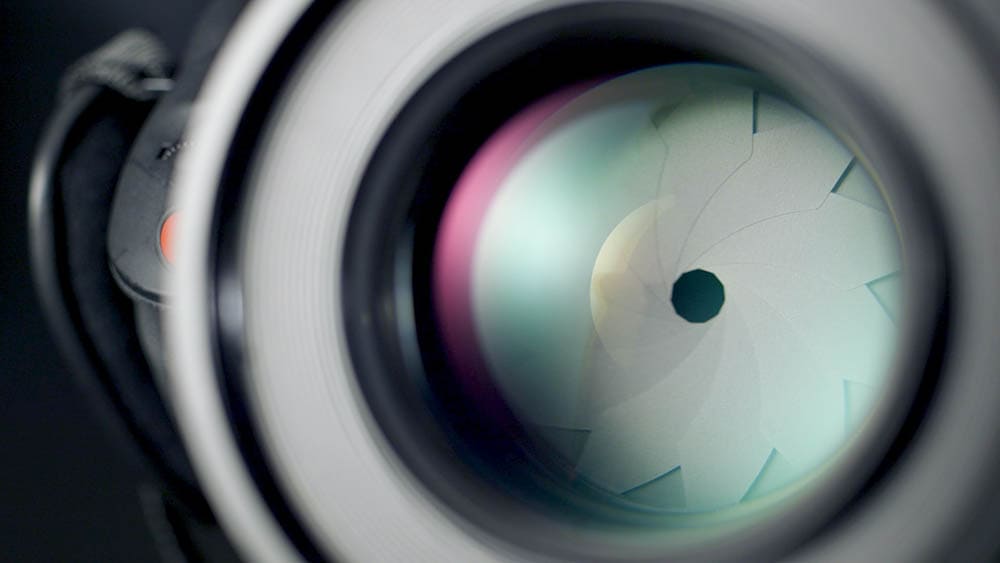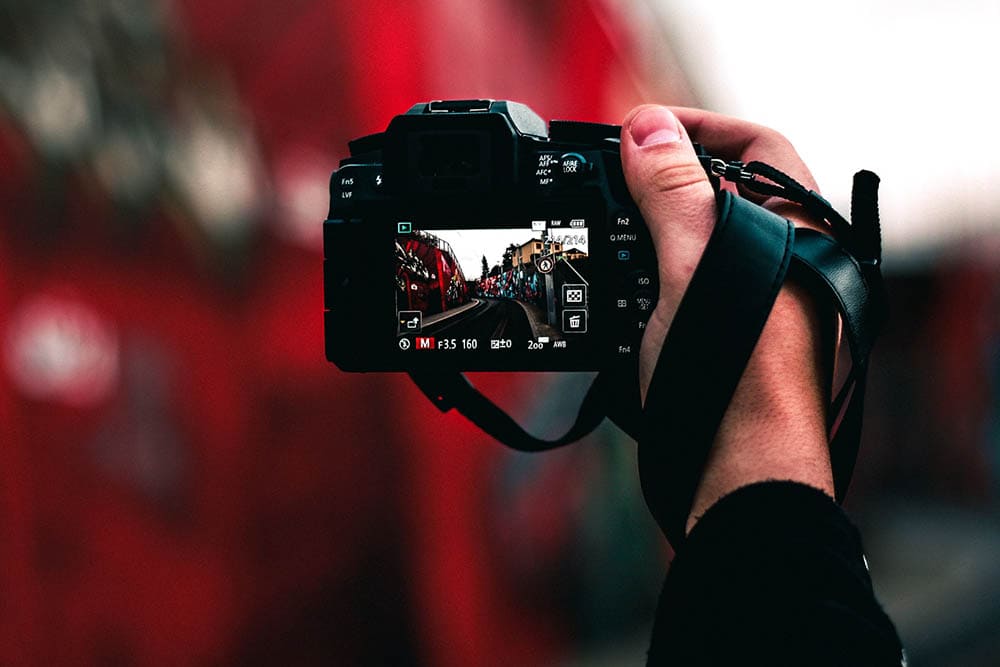How Does Aperture Affect Depth of Field? (Photography Basics Explained)
Last Updated on

Understanding how a camera works is essential to grasping the relationship between aperture and depth of field (DoF). The former is one of six elements necessary for capturing an image. The first is your subject, of which you must consider the lighting and its effects. Then, there are the components of your device, including its lens or optics. The aperture plays a direct role in it.
Finally, the shutter speed or amount of time your chosen medium is exposed to the light also plays a role. The interplay of all these factors will determine the DoF. However, the aperture is the key because it directly impacts the amount of light your digital sensor or film receives.

Defining Aperture & Depth of Field
The aperture is an auto or manual setting that determines the amount of light entering your camera’s lens. Generally, the smaller the opening, the less light your lens receives. That translates into a greater DoF. An inverse relationship between the two exists. That means the larger the opening, the more light comes in, resulting in a shallower DoF.
Depending on your camera, an F-stop, or a setting that denotes the aperture, can go from f/1 on the large size to f/32 on the small end. Some models take it even higher. Therefore, an f/1 equals a shallow DoF, whereas f/32 is a deep DoF. Each step will either half or double the amount of light, depending on which direction you’re moving it.
Depth of field refers to the area that is in focus. As the terms suggest, shallow means closer areas are sharper. Likewise, deep refers to farther areas being in focus. We can conclude that DoF is the result of the aperture setting. However, it’s not the only thing that makes a difference in how images are recorded.


Other Factors Affecting the Depth of Field
The other things to consider are your distance from the subject and the focal length. The latter depends on how wide your lens is, with other inverse relationships existing between the two. Putting the heavy-duty physics aside, it tells you what portion of the scene in front of you your camera can record or its angle of view. It also determines the magnification of what you see.
A wide lens has a shorter focal length. It will capture more of the space but at a lesser magnification. Likewise, a longer lens, like a telephoto, has a narrow-angle view but will magnify what it records at a higher level. The focal length affects DoF by affecting the width and breadth of what you see through your camera. All these things come together in determining what your device records.


Putting It All Together
These settings give you a lot of freedom in setting up your photographs. Adjusting the aperture to match the lighting conditions or your focus area allows you to get creative with your shots. For example, using a large aperture, like an f/2, makes taking pictures in low-light conditions possible, particularly when combined with a longer shutter speed. It’s also helpful in concentrating on a specific part of a scene.
Changing your F-stop to f/8 allows you to take versatile shots in both outdoor and indoor settings. If you want to capture landscapes, you’re better off opting for a smaller aperture, such as f/22, as long as the scene is brightly lit. It’ll give you a deep DoF that is ideal for these images. The focal length of your lens will tell you how much of it you’ll capture.

Final Thoughts
The aperture determines the amount of light reaching your film or digital sensor. Consequently, it affects the depth of field in an inverse relationship. The larger the opening, the shallower it is. It can help you focus on the specific feature or subject you want in the shot by either embracing or reducing the clutter of the background. You can also use this setting to take photos in various lighting conditions.
Featured Image Credit: ShareGrid, Unsplash
About the Author Chris Dinesen Rogers
Chris has been writing since 2009 on a variety of topics. Her motto with all of her writing is “science-based writing nurtured by education and critical thinking.” Chris specializes in science topics and has a special love for health and environmental topics, and animals of all shapes and sizes.
Related Articles:
How to Clean a Refractor Telescope: Step-by-Step Guide
How to Clean a Telescope Eyepiece: Step-by-Step Guide
How to Clean a Rifle Scope: 8 Expert Tips
Monocular vs Telescope: Differences Explained (With Pictures)
What Is a Monocular Used For? 8 Common Functions
How to Clean a Telescope Mirror: 8 Expert Tips
Brightfield vs Phase Contrast Microscopy: The Differences Explained
SkyCamHD Drone Review: Pros, Cons, FAQ, & Verdict
